While the Middle East steel industry entered the post-Ramadan period with cautious optimism, the real picture appears far less encouraging. Scrap prices across the region continue to soften, while finished steel prices remain under pressure due to currency volatility, a slowdown in construction activity, and tightening environmental regulations. Massive infrastructure projects and green transition goals may offer long-term potential, but in the short term, challenges remain prominent.
Recent developments from Iran further highlight this pessimistic outlook. Despite the first two months of the year already behind us, there are still no signs of a recovery in demand. The near-zero allocation for infrastructure investment is undermining market expectations. Additionally, a liquidity crunch continues to strain the sector. Offers based on credit and deferred payment terms are dampening hopes for price hikes. On the other hand, gradual supply tightening and low inventory levels suggest a limited but potential support for demand.
Energy restrictions threaten production
On the supply side, the energy crisis has returned to the spotlight. A circular reportedly issued mid-week by the Ministry of Interior caused sudden concern in the market, suggesting that steel and cement production could be halted for 15 days. While the circular has not yet been officially confirmed, expectations of significant production disruptions from mid-June to the end of September are growing stronger. Beyond speculation, the country's power supply problems are widely acknowledged, and as seen last year, could again lead to a drop in semi-finished steel supply.
A potential decline in semi-finished output may reduce billet availability. However, given that demand remains extremely weak, the price impact of such a reduction is likely to be limited. In the flat steel segment, slab supply is also expected to decline. At the same time, production units are already facing challenges due to power outages and operational losses. Downstream producers that rely on these inputs are also struggling with weak demand amid intermittent shutdowns.
Looking at the broader picture, the entire production chain seems to be inching toward a silent and unsettling standstill. While hopes for transformation and growth remain strong in the long run, cautious steps appear inevitable in the face of persistent short-term uncertainties.


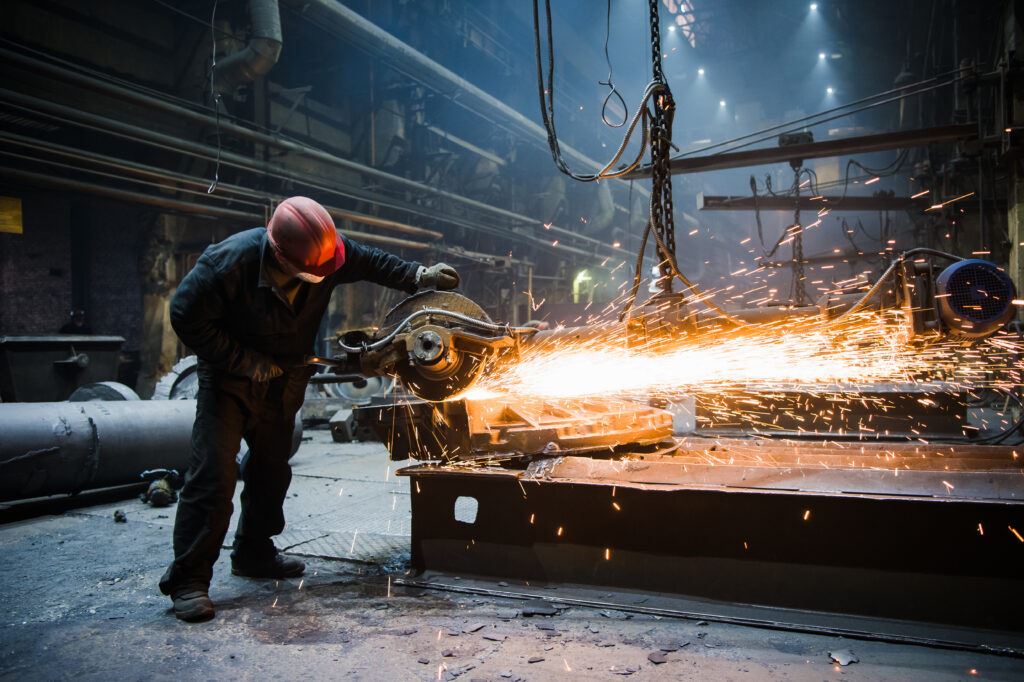
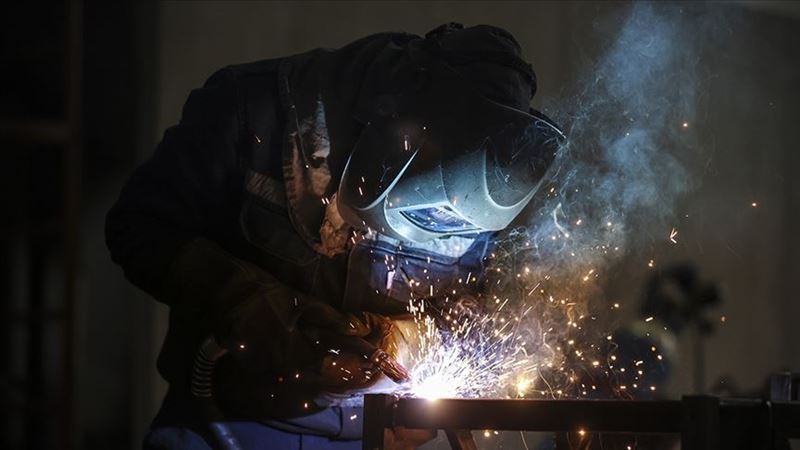
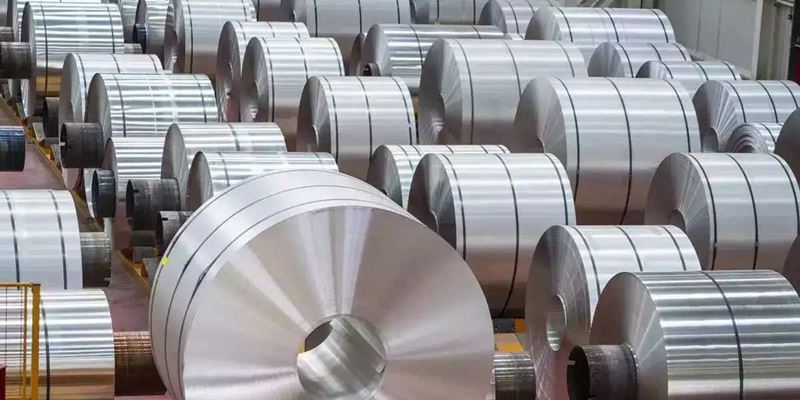
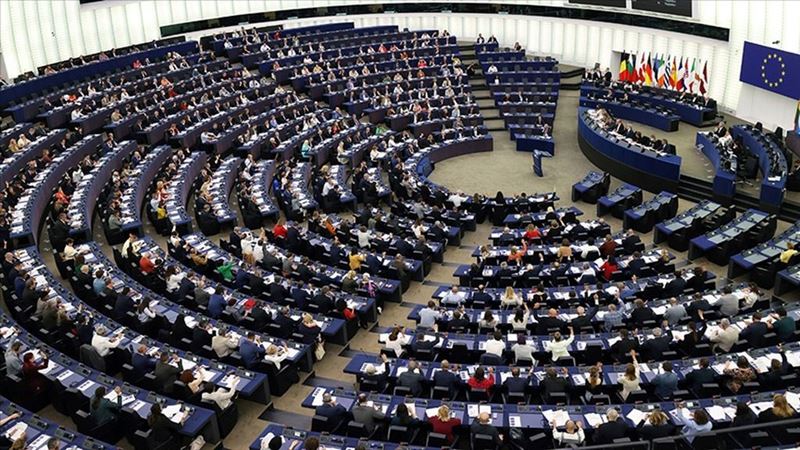
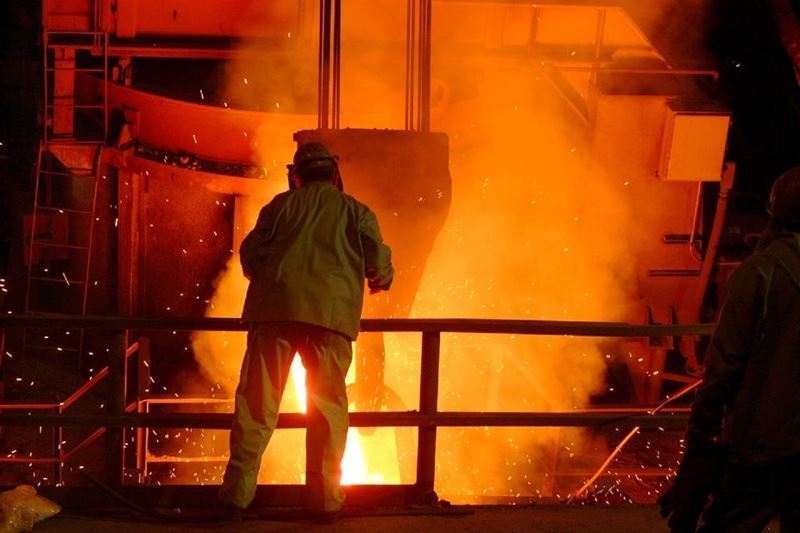

Comments
No comment yet.